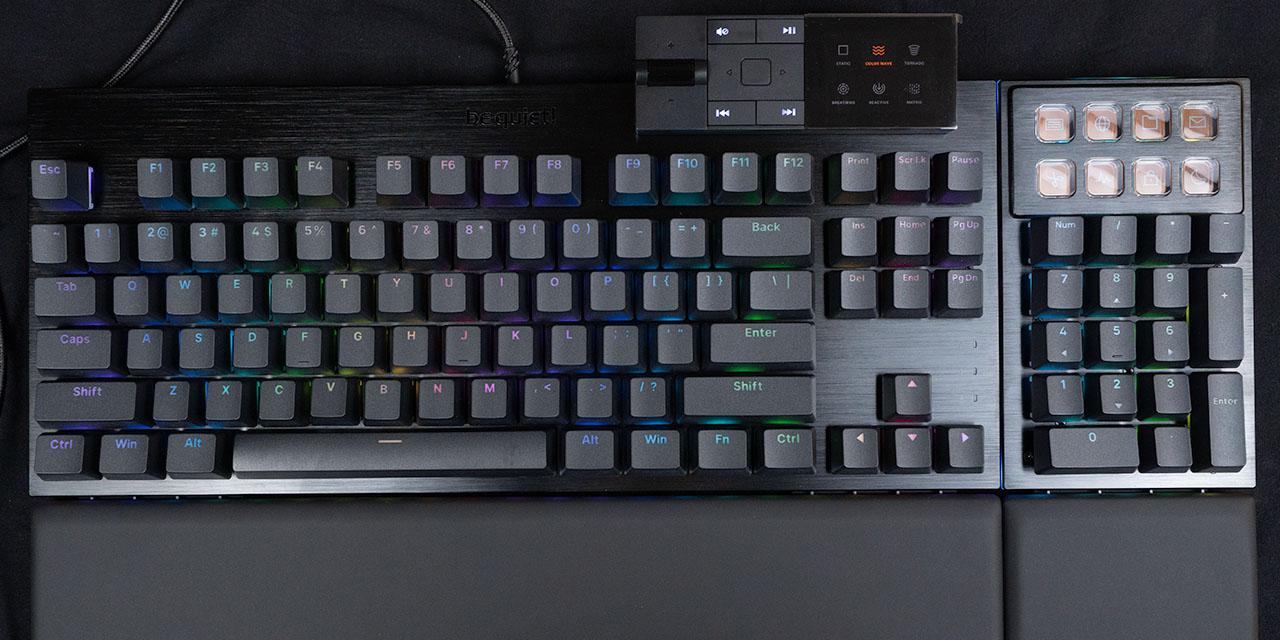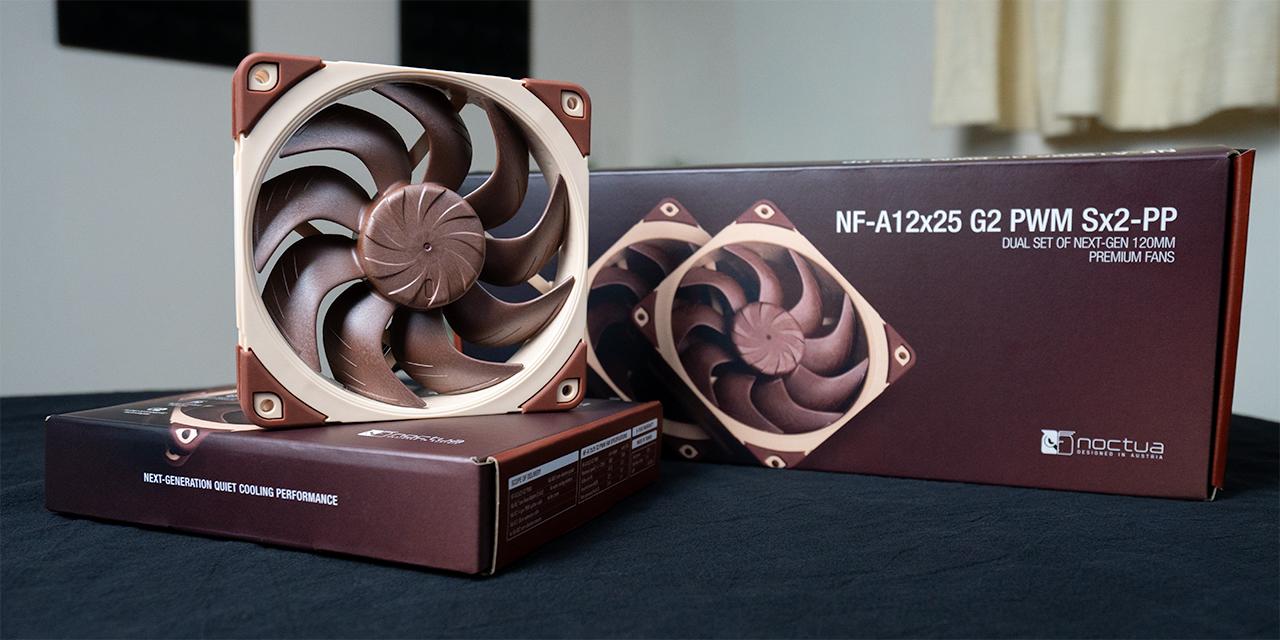Page 3 - Physical Look - Inside
As always, we opened up our OCZ ZX Series 850W power supply to take a detailed look at what's going on inside. Please note that doing this at home will void your warranty, thanks to the warranty seal that OCZ applied over one of the attachment screws. But for the benefit of you, we cracked ours open so you don't need to, haha. There are no user serviceable parts inside.
OCZ's ZX Series line of PSUs is made by Chinese manufacturer Great Wall. From pictures I have seen, it is practically identical to the Sparkle SCC-850AF 850W power supply (Full disclosure: I don't actually own a Sparkle SCC-850AF 850W, this is why I am saying from pictures I have seen). The interior is identical between the two; save for some changes in minor details like the heatsink color. Our photo above shows an overhead view of the OCZ ZX Series 850W's internal components. It is actually pretty packed up inside, but components are well spread out for optimal cooling and reduced heat congestion as one would expect from a modern day performance power supply. Unlike other power supplies, it actually has a nice black PCB. Too bad no one can see it. I was surprised to find only two black painted anodized aluminum heatsinks under the hood; where only one of them is finned. The main one is situated near on the left hand side, and extends like a wall from the front to the back. The smaller one is in the middle. This simple heatsink arrangement along with a loosely packed interior has a lower airflow impedance benefit, however. OCZ is not a new player to the power supply market, but the OEM of the power supply can vary greatly between models. For example, the OCZ EliteXStream 800W we have written about back in 2008 was made by Impervio. In the end, it is truly the details that count. So I am not going to waste any of your time -- let's take a closer look.
The transient filter stage is the first input stage of a computer power supply, so we'll take a look at that first. While you certainly won't get the level of sophistication Seasonic users might come to expect, OCZ met or exceeded the recommended requirements accordingly other than a missing a metal oxide varistor. I don't know what the deal is lately with manufacturers omitting the MOV from high performance power supplies, as this component is used to stabilize spikes from the AC line. The OCZ ZX has two ferrite coils, two metalized polyester X-capacitors, and two ceramic Y-capacitors. That is twice as many X capacitors than recommended; everything else is just standard. For a power supply of this caliber, I would have expected a little bit more, but it still gets the job done right.
On the primary side, we can see two Chinese made CapXon capacitors connected in parallel. Japanese brand capacitors are usually what we expect from something in this price range, so we were quite surprised by the company's selection. Our 850W version of OCZ's ZX Series incorporates two 330µF x 420V capacitors for a total capacitance equivalence of a single 660µF x 420V capacitor (Remember that values add up when capacitors are hooked up in parallel, unlike resistors). CapXon's corporate headquarters are based in Hong Kong. These units are rated at 105c; whereas typical power supplies usually use 85c rated capacitors.
The active PFC circuit featured on the OCZ ZX Series 850W uses two Shindengen US8K80R silicon bridge diode, and is controlled by a Champion CM6802 no bleed resistor green mode PFC/PWM controller combo. At 115V, the maximum rectified forward current capacity with heatsink is 8A for each diode, so you can theoretically pull up to 1840W (8A * 2 diodes * 115V) from the bridge rectifier at 100% efficiency -- of course, this is limited by the fact that it is not 100% efficient, and also neglects the fact that not every component in the system are able to keep up. Three Infineon SPW20N60C3 power MOFSET transistors are used on the active PFC circuit on the OCZ ZX Series 850W power supply. Another two in forward configuration is used in the switching section. Each MOFSET can deliver up to 13.1A at 100 degrees Celsius continuously. These transistors present a maximum resistance of 0.19 ohm when turned on; with a typical resistance of 0.16 ohm according to the manufacturer's data sheet. This on characteristic is called Static Drain-Source On-Resistance, or commonly abbreviated as RDS(on). The more efficient the component is, the lower the RDS(on) value, since it wastes less power with lower resistance.
On the secondary side, we see capacitors made by Taiwanese manufacturer Teapo. Four Infineon IPP034NE7N3 MOSFETs located on the small solid black heatsink are responsible for the rectification process. As with modern high efficiency power supplies, all rectifiers produces the +12V out -- while the +5V and +3.3V outputs are generated from the +12V output using a DC to DC converter within the power supply unit. The IPP034NE7N3's rated continuous drain current is 100A at 100c, and a pulsed drain current of 400A at 25c. Drain source voltage is rated at 75V, and a RDS(on) value of only 0.0034 ohm.
The DC-to-DC converter has one ANPEC APW7073 Synchronous Buck PWM controller and four Infineon IPD060N03L MOSFETs for each of the +3.3V and +5V outputs. The IPD060N03L MOFSETs' maximum drain current is 50A at both 25c and 100c, pulsed drain current of 350A at 25c, with an RDS(on) value of less than 0.006 ohm. Meanwhile, a Silicon Touch PS223 4-Channel Secondary Monitoring IC is used for the over-voltage protection, over-current protection, under-voltage protection, and power good signal generation.
At the back, we have a large daughterboard covering the entire rear panel for the modular cable sockets. It is connected to the mainboard by a series of wires after the secondary stage, as shown in our past couple of photos. The output connector configuration can be seen on the previous page. Overall, the internal build quality of OCZ's ZX Series 850W power supply average at best for its class -- there is nothing to write home about, although there is nothing wrong with it in particular either. Components are arranged beautifully for optimal cooling, and solder points on its black PCB is pretty clean in general. I would say the Great Wall manufactured OCZ ZX Series 850W is an average unit for its class with regards to the selection of components used under the hood.
Lastly, we see a large 140mm fan that provides cooling to the OCZ ZX Series 850W's internal components. It is connected to the mainboard using a 2-pin connector. A 140mm fan is probably the largest one you can fit inside a standard ATX power supply, and it is beneficial in most cases in providing lots of airflow at lower speeds for quiet operation. Yate Loon is the fan OEM, and the company is known among quiet PC enthusiasts for producing sound optimized cooling products. Further research indicates the D14BH-12 is a ball bearing fan specified at 0.7A for a maximum of speed of 2800 rpm. The rated airflow is 140.0 CFM at 48.5 dB of noise.
Page Index
1. Introduction, Packaging, Specifications
2. Physical Look - Outside
3. Physical Look - Inside
4. Minor Tests and Conclusion





